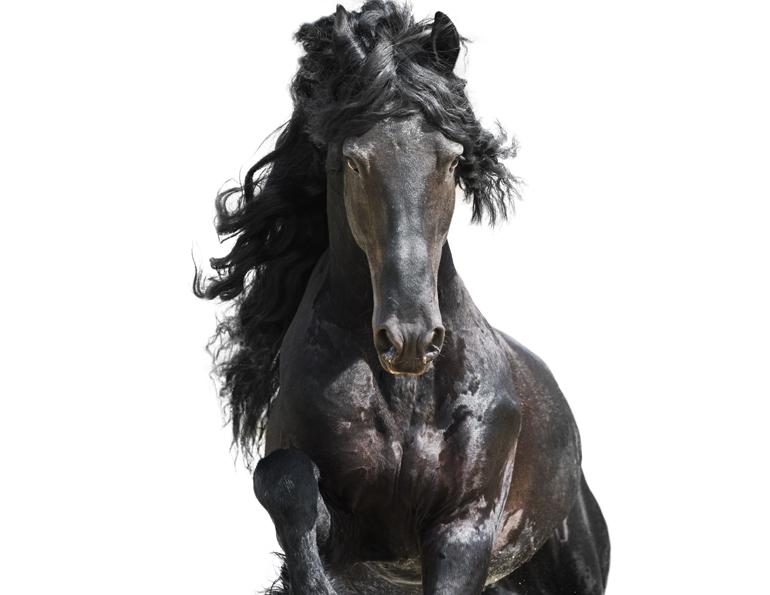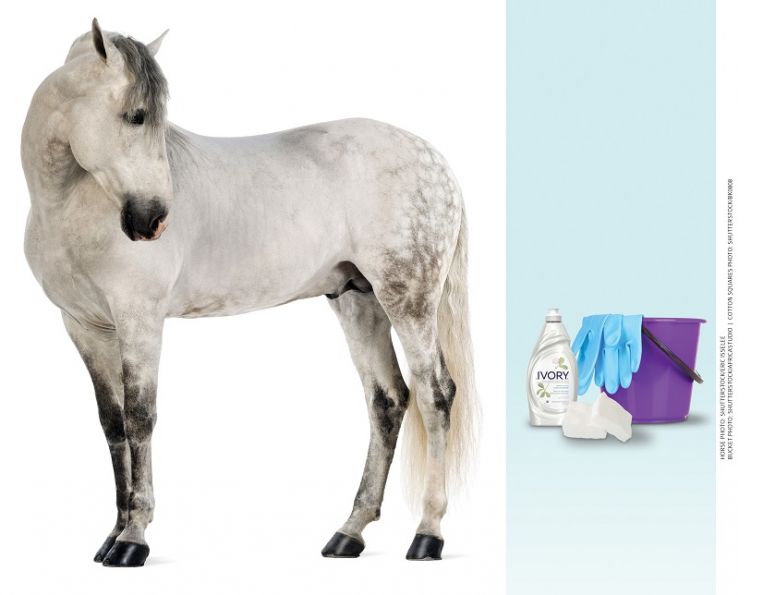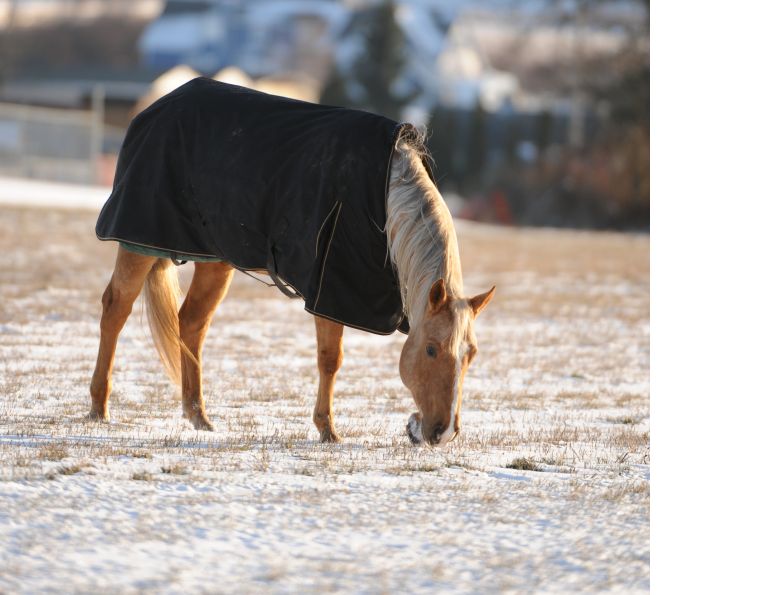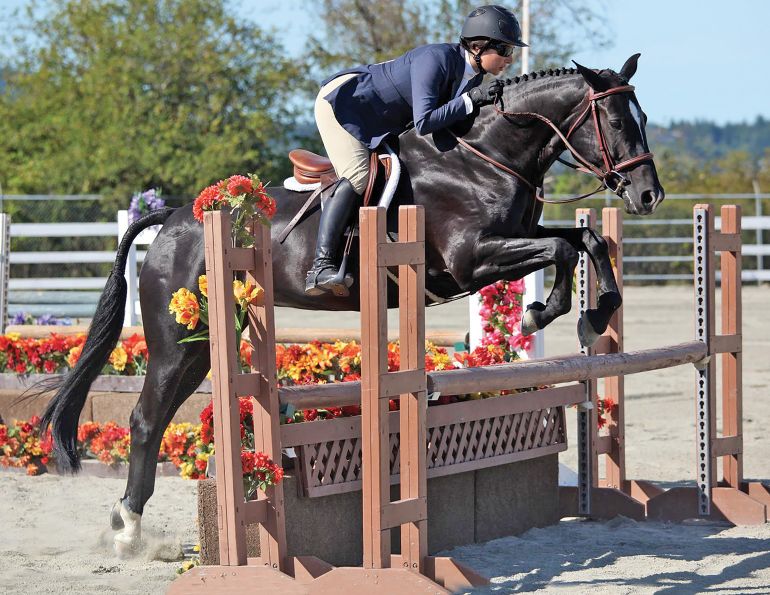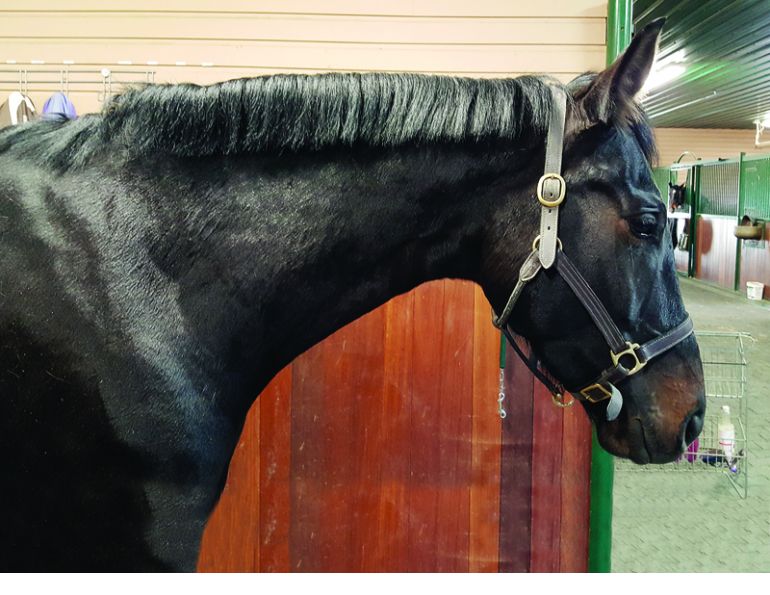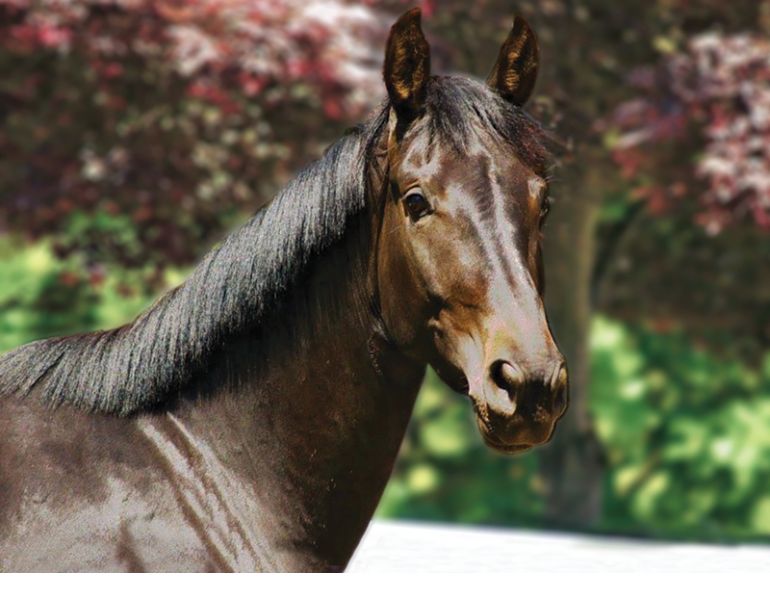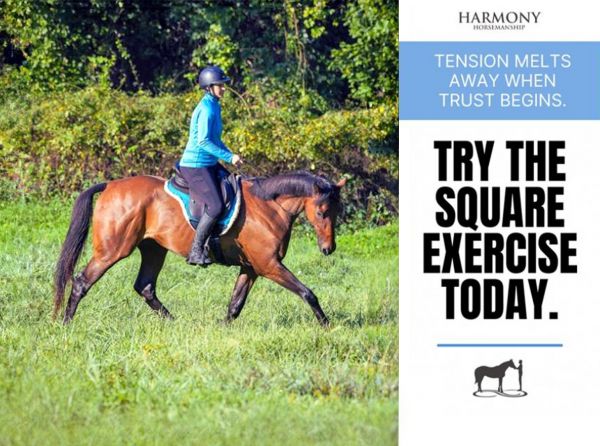By Marcus Koll
An essential part of the horse's natural anatomy, the tail serves multiple purposes. It helps the horse maintain balance, communicates emotions like fear or excitement, and is also used to swat flies or ward off other pests. In the show ring, a well-groomed, flowing tail can make a strong impression on judges and enhance the horse’s overall appearance.
So, how do you achieve the ideal tail? It all starts with cleanliness, and maintaining a tail—especially a white one—can be a challenge. Here, we’ll focus on how to clip and trim the tail to help your horse look its best and feel comfortable.
Tail Trims for Different Purposes
What type of look you go for depends on your horse's breed and what kind of work it will do. Some breeds, like Arabians, are usually shown with a natural, long, free flowing tail. Dressage horses will have a tail closely trimmed at the top to accentuate the hindquarters. Show ring hunters will need a tail that can be easily braided. Polo ponies and driving horses need close trimmed tails that can be easily tied up short to protect them from getting tangled up in traces or the polo mallets. Even horses that don't show will benefit from a tidy tail to help keep it clean and keep it from getting matted and tangled.
Once you’ve decided on the style, you’ll know what grooming tools to use to achieve the look.
Top of the Tail Trimming
The top (base) of the tail is the most visible area and often the first place to start when trimming. If you plan to braid the tail for shows, it’s important to have smooth, even hair that lies flat. To keep the tail from becoming rubbed raw, consider using a tail guard or bandage, especially if your horse tends to scratch its tail on fences or doors. Fortunately, you won’t need to do much trimming here—just enough to ensure the tail looks neat.
After braiding, you may notice some stray hairs sticking out. A quick trim with a pair of sharp hand trimmers will tidy up the braid and help achieve a polished, show-ready appearance.
If you want a natural tail, again you won't need to do much. The real work is for those that want a 'pulled' tail - that means keeping the hairs at the top of the tail very short for a close, neat finish. Traditionally, this used to be done by pulling out the long hairs, but many horse owners don't like to do this. There's no doubt that the horse's tail is more sensitive than its mane, so pulling the tail is more uncomfortable for the horse than pulling the mane. And with some practice, you can get a better look with hand trimmers than you can get with a pulling comb.
Why? Well the problem comes as the hairs grow out. A newly pulled tail looks great, neat, tidy, and it really shows off the horse's quarters and can accentuate its movement. But as the hairs grow out, they get prickly, and yet they aren't long enough to grasp them to pull. That means you have an unsightly 'bristle' period until the hairs are long enough to get a grip on them. This isn't a problem with hand trimmers!
With hand trimmers or clippers, you can choose how short you want the hairs to go. You can use wide clipper attachments to get slightly longer hairs, which are easy to get to lie flat, this is best for the top of the tail. Choose a closer trim for the sides of the tail to clip the hairs away and really show off your horse's quarters. Use a tail bandage and some baby oil or conditioner regularly, and you will get a smooth, professional finish. Keeping a good set of hand clippers and attachments in your horse grooming supplies means you will have a perfect finish every day.
Trimming the end of the tail
The end of the tail will also need trimming. For horses that aren't showing, keeping the tail trimmed back to at least halfway up the cannon bone will help to keep it clean and prevent tangles and mats. Horses that show with a natural tail may just need a little tidying up now and again for a good shape. Working horses might just need the tail shorted a little so it can be easily tied up. Show horses like hunters and dressage horses though, need a perfectly even, or 'banged' tail.
Using scissors to trim the end of your horse's tail can result in an uneven finish. Clippers provide a much neater trim. Photo: Robin Duncan Photography
Getting a perfectly level tail takes two people - that's because you need to try to simulate where the tail will be when the horse is moving. One person needs to hold the tail up just a little, so that it hangs where it would be when the horse naturally raises its tail when it moves. The best way to do this is to put your arm under the dock and simply rest the tail over. Then the second person can start trimming. Most people will choose to cut the tail at about midway up the cannon bone. However, if you are trying to make your horse's legs look longer or shorter, you may want to cut lower or higher, or you may want to cut to match socks or stockings for a more even look. Either way, don’t use scissors.
Why not use scissors? Unless your horse has a very thin tail, there's no way to get a perfect finish. It will take more than one cut, and that means edges and uneven ends. If you have a lot to cut off, you can start with scissors, but finish with hand trimmers. Holding the trimmers upside down, you can cut along the bottom of the tail. Unlike scissors, good, sharp clipper blades won't push the hairs away, but will catch them and trim them evenly for a perfect flat finish. It takes a little practice, but the results are worth it.
Choosing a trimmer for tails
If you are going to be trimming your horse's tail regularly, you should consider having a good set of horse trimmers in your horse grooming supplies. It will make keeping a “pulled” and banged tail tidy easier for you and more comfortable for your horse. If you are going to be braiding your horse's tail for shows, a good set of cordless trimmers will be essential for tidying up stray hairs - not just on your horse's tail but for any last minute show ring touch ups. Here's some options form the major suppliers:
Wahl horse clippers. The Wahl Bravura is a versatile hand clipper that can be used for manes and tails and more sensitive, precision areas. It can be used both with the cord and cordless, so you can take it with you to shows, and it's quiet but powerful. It comes with a set of four attachments for clipping different areas. It's a great choice if you can have only one set of trimmers in your horse grooming supplies.
Oster horse clippers. The Oster Powermax is a coat clipper, rather than a trimmer, but it's a great value choice if you need one clipper that can do everything. The two-speed operation can get through thick coats, and the slower speed lets you do more sensitive work. You won't get the precisions finish of a specially designed trimmer, but if you can only afford one set of clippers this one is more versatile than most. It will certainly make a good job of tail trimming, and it comes with a selection of attachments.
Andis horse clippers. The Andis Freedom Trimmer is a great cordless choice. It's lightweight, lasts for an hour when fully charged, and runs quiet. You get a good choice of blades with the Freedom trimmer, so you can use these trimmers for careful work on fine hairs, then switch to more robust blades for the mane and tail.
Always choose clippers and trimmers from one of the main horse grooming suppliers. This way you will get a warranty, you can be sure your clippers are safe to use, and getting replacement parts and blades will be easy.
For trimming a perfect tail, you need to be sure your blades are sharp. If the coarse hairs of the tail get caught in dull blades, not only will you get uneven edges and broken hairs, but you risk pulling out hairs and hurting your horse. Invest in a few sets of blades, so you always have a sharp set in your horse grooming supplies, and you have spares when you need to send them away for sharpening. With a good set of trimmers and sharp blades, you can keep your horse's tail looking neat and healthy every day.
Article Source: www.EzineArticles.com
Main Photo: Christina Handley Photography, www.ChristinaHandley.com




